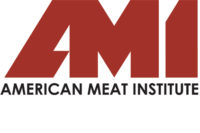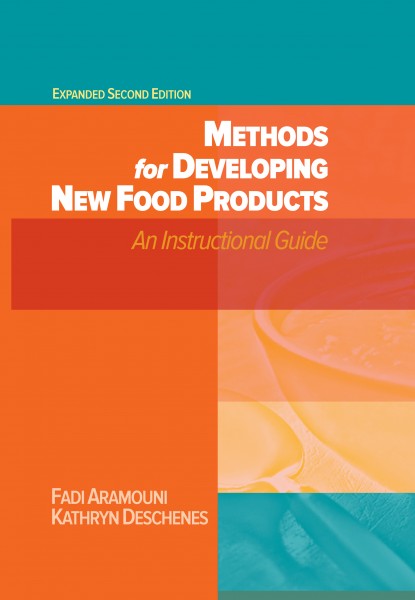USDA finalizes rule for labeling of mechanically tenderized beef products
The new labels and cooking instructions will give consumers information they need to safely enjoy these products.

 USDA’s Food Safety and Inspection Service (FSIS) finalized new labeling requirements for raw or partially cooked beef products that have been mechanically tenderized in an effort to give consumers and food service facilities more information about the products they are buying. The labels will also include cooking instructions on how to safely prepare the products.
USDA’s Food Safety and Inspection Service (FSIS) finalized new labeling requirements for raw or partially cooked beef products that have been mechanically tenderized in an effort to give consumers and food service facilities more information about the products they are buying. The labels will also include cooking instructions on how to safely prepare the products.
“Labeling mechanically tenderized beef products and including cooking instructions on the package are important steps in helping consumers to safely prepare these products,” said Deputy Under Secretary Al Almanza. “This common sense change will lead to safer meals and fewer foodborne illnesses.”
The new requirements will become effective starting in May 2016. FSIS said it accelerated the date because of the significant public health benefit the labels provide. With these changes, FSIS predicts hundreds of illnesses could be prevented each year.
As tenderness is a selling point for beef products, some processors use needles or small blades to break up tissue to increase the tenderness of the product. However, this process comes with a risk as it can introduce pathogens from the surface of the meat into the interior.
Because of this possibility, FSIS said it is important these products be cooked differently than intact cuts.
According to FSIS:
“Under this rule, these products must bear labels that state that they have been mechanically, blade or needle tenderized. The labels must also include validated cooking instructions so that consumers know how to safely prepare them. The instructions will have to specify the minimum internal temperatures and any hold or “dwell” times for the products to ensure that they are fully cooked.”
Looking for a reprint of this article?
From high-res PDFs to custom plaques, order your copy today!










